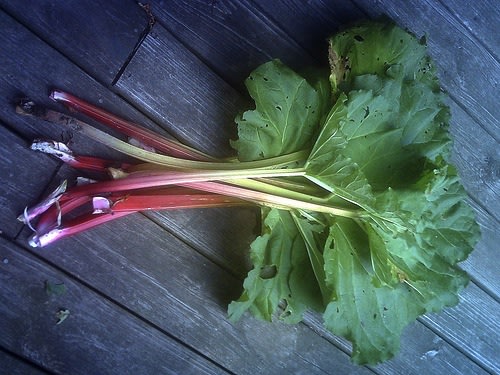8 Surprisingly Poisonous Foods We Eat III
Photo by: Amada44
5. Cassava
Also known as manioc or tapioca, bitter casava is native to South
America and is the third most important source of calories in the
tropics; and like bitter almonds, cassava also harbors cyanide. When
properly soaked and dried, bitter cassava is okay; but when any of the
process is skimped on, problems arise.
Due to correct food processing and strict regulations, cyanide-laced
cassava poses little threat to Americans who eat the root. But, in
Africa, where cassava has become a major part of subsistence diets, many
poor people suffer from a chronic and crippling form of cyanide
poisoning known as konzo. The Bill and Melinda Gates Foundation is helping in the efforts to breed cassavas with less cyanide, but success has not yet been achieved.

Photo by: Gibby's Garden
6. Rhubarb
Rhubarb stalks may lend a super tart tang to strawberry pie; but their
leaves offer something altogether different. Rhubarb leaves contain
oxalic acid, a chemical compound found in bleach, metal cleaners and
anti-rust products. The leaves also contain anthraquinone glycosides.
Eating the leaves can lead to a burning sensation in the mouth and
throat, nausea and vomiting, gastric pain, shock, convulsions and even
death.
Although rhubarb sold at the store genrally has most of the leaves removed, be careful if you grow it at home; although using every part of a vegetable is generally great ... in this case, the shock, convulsions and death aren't quite worth it.



No comments:
Post a Comment